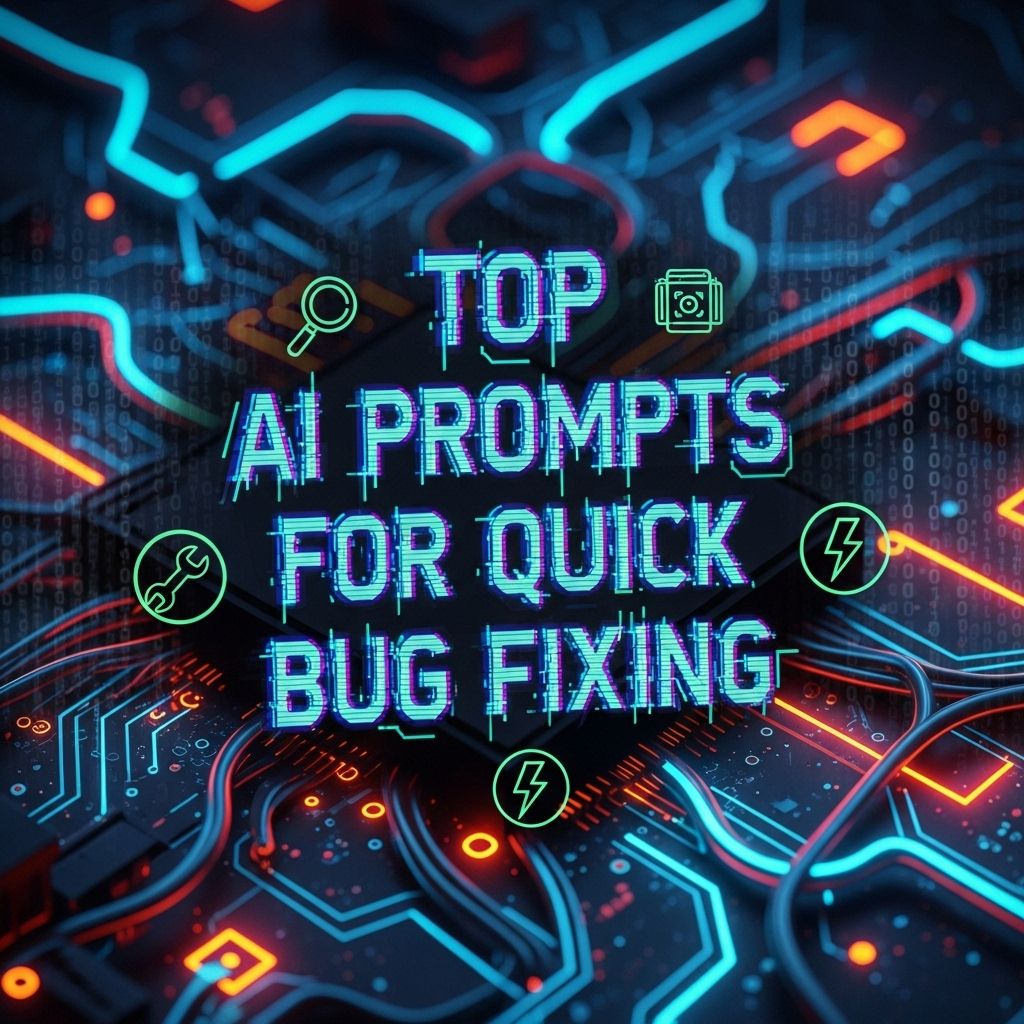Introduction to Tidy Code
Writing tidy code is a skill that distinguishes proficient programmers from the rest. Clean, efficient, and easy-to-understand code doesn’t just happen by accident; it requires a conscientious effort and adherence to certain best practices. This article unveils expert tips for mastering the art of tidy code, empowering you to write code that is not only functional but also elegant and maintainable.
The Importance of Tidy Code
Why does tidy code matter? First, it significantly enhances readability, making it easier for others (and yourself) to understand and modify in the future. Secondly, maintainability is improved when your code is organized and consistently formatted, reducing the likelihood of introducing bugs. Finally, tidy code reflects professionalism and a commitment to quality work.
Best Practices for Writing Tidy Code
Let’s delve into specific strategies to ensure your code remains clean and structured:
- Use Meaningful Names: Use clear, descriptive names for variables, functions, and classes. Avoid ambiguous terms and strive to be explicit about the purpose of each element. For instance, instead of naming a variable
x, consideruserAge, which immediately conveys its meaning. - Comment Wisely: Good comments can explain why certain decisions were made. Avoid stating the obvious; instead, explain the goal of a complex section when necessary. Comments like “calculate age” may be redundant, while “calculate age assuming current year” is informative.
- Consistent Formatting: Adhere to a consistent style guide throughout your code. This includes using the same indentation, spacing, and bracket placement. Tools like linters can help enforce these standards and automate code formatting, ensuring uniformity.
- Avoid Deep Nesting: Deeply nested code is difficult to read and manage. Aim for a flat code structure by extracting nested code blocks into functions or using early returns and guards to minimize complexity.
Refactoring Techniques
Refactoring is the process of restructuring existing code without changing its external behavior. It’s a crucial part of maintaining tidy code. By refactoring, you can improve code readability, reduce complexity, and enhance performance. Some essential refactoring techniques include:
- Extracting Methods: Break complex functions into smaller, more manageable ones that perform a single task. This modular approach not only simplifies understanding but also promotes code reuse, simplifying debugging and further development.
- Removing Code Smells: Identify and eliminate code smells like duplicated code, long methods, and large classes. These are indicators of poor design that can make code rigid and error-prone.
- Renaming and Relocating: Change variable, method, or class names that don’t reflect their true purpose. Move them to locations in your project structure where they are more relevant, improving discoverability and usage.
- Introducing Design Patterns: Utilize design patterns suited to the problem you’re solving, such as Singleton, Observer, or Factory patterns. This promotes solution flexibility and scalability.
Utilizing Tools and Technology
Leverage technology to help maintain tidy code. IDEs often come with features that automatically format your code according to set guidelines. Additionally, you can incorporate:
- Version Control Systems: Keep track of changes and collaborate effectively with others by using version control systems like Git. These tools allow for branching, merging, and rolling back changes, which are vital for effective teamwork and code management.
- Static Code Analysis: Employ tools that analyze code for potential errors and enforce coding standards. Tools such as SonarQube, ESLint, or Pylint provide essential feedback for continuous code quality improvement.
- Continuous Integration/Continuous Deployment (CI/CD) Pipelines: Set up CI/CD pipelines to automatically run tests, check code quality, and deploy functionalities, ensuring that only tidy and functional code reaches production.
Embracing a Culture of Clean Code
Creating a culture that values tidy coding practices is essential for teams. Encourage peer code reviews, where teammates can provide constructive feedback on code cleanliness and adherence to standards. Share useful resources like books, blogs, or webinars within your team to continuously improve coding skills.
Host regular ‘tech talks’ or ‘code katas’ where team members can practice and discuss coding techniques. This approach fosters an open environment for learning and improvement, ultimately leading to better code quality and collective growth.
Applying Tidy Code Practices in Different Programming Languages
While the principles of tidy code are universal, their application can vary across different programming languages due to syntax and idiomatic differences. Here are some insights into how tidy code practices can be adapted per language:
- Python: Python’s emphasis on readability makes tidy code practices critical. Follow PEP 8 guidelines for naming conventions and use list comprehensions to reduce unnecessary loops.
- JavaScript: Use linting tools to enforce standard practices like avoiding global variables and using modern ES6+ syntax. Modularize code using ES Modules.
- Java: Adhere to conventions like CamelCase naming, and leverage OOP principles, ensuring proper encapsulation and inheritance usage. Utilize tools like CheckStyle for static code analysis.
FAQ
What is the single most important aspect of writing tidy code?
Consistency in formatting and style is paramount. Applying a uniform approach across your codebase reduces confusion and errors. Consistency extends beyond indentation and spacing; it also includes naming conventions and comment styles.
How often should I refactor my code?
Refactoring should be done progressively. It can accompany the regular development process, particularly when new features are added or existing ones modified. Regular code reviews and pair programming are opportunities to identify areas for refactoring.
How do I choose a style guide?
Many programming languages have commonly accepted style guides. For example, AirBnB’s style guide is popular in JavaScript, while Google’s Java Style Guide is respected for Java. It’s usually best to follow these or adapt them to your team’s preferences based on consistency and correctness.
Are there any consequences of ignoring tidy coding practices?
Poorly structured code can lead to difficulty in maintaining and scaling, increased probability of bugs, and challenges in onboarding new team members. Over time, this can lead to technical debt that hinders innovation and agility.
How can tool automation enhance writing tidy code?
Utilizing automation tools can significantly enhance the process of writing tidy code. Automated linters, formatters, and static analysis tools provide real-time feedback, allowing programmers to focus more on solving problems rather than on formatting details.
Is there a relationship between tidy code and software performance?
While tidy code primarily aims at readability and maintainability, it indirectly affects performance by enabling easier optimization. Well-organized code makes it simpler to identify bottlenecks and undertake performance tuning, directly benefiting software efficiency.
Conclusion
Mastering the art of tidy code involves a commitment to best practices and continuous learning. By prioritizing clarity, organization, and consistency, developers not only improve their own work but also enhance collaboration and innovation within their teams. As you apply these techniques and embrace tidy coding practices, you’ll not only elevate your coding skills but also contribute to the creation of robust, scalable software solutions.




